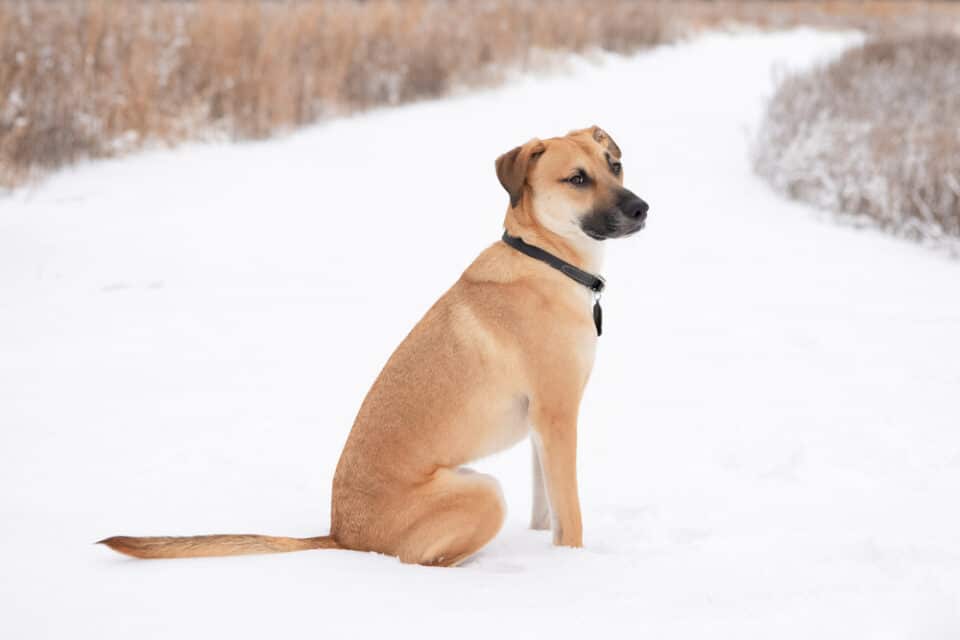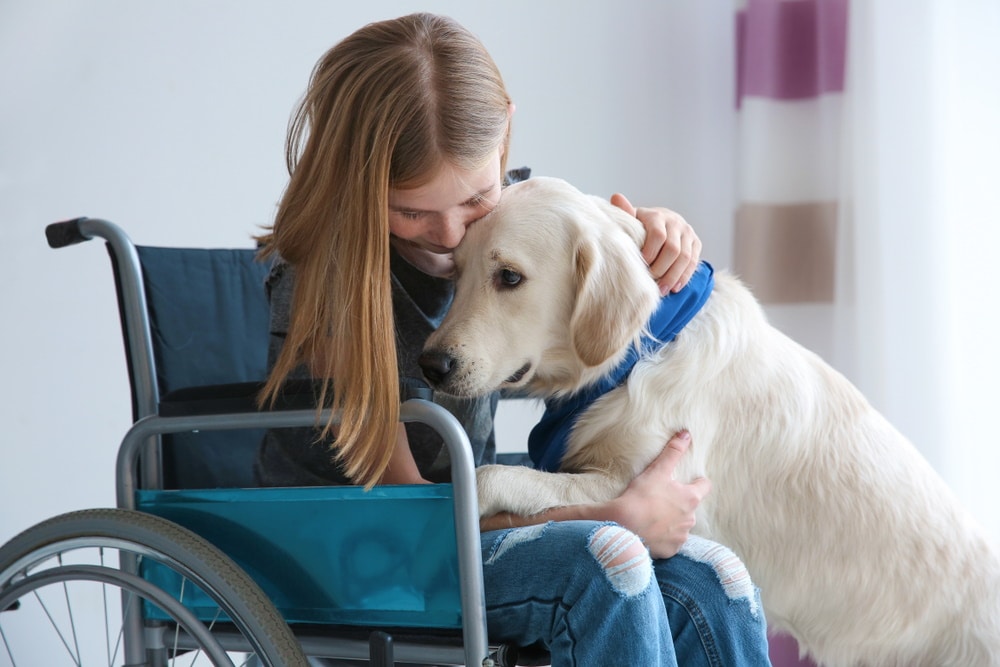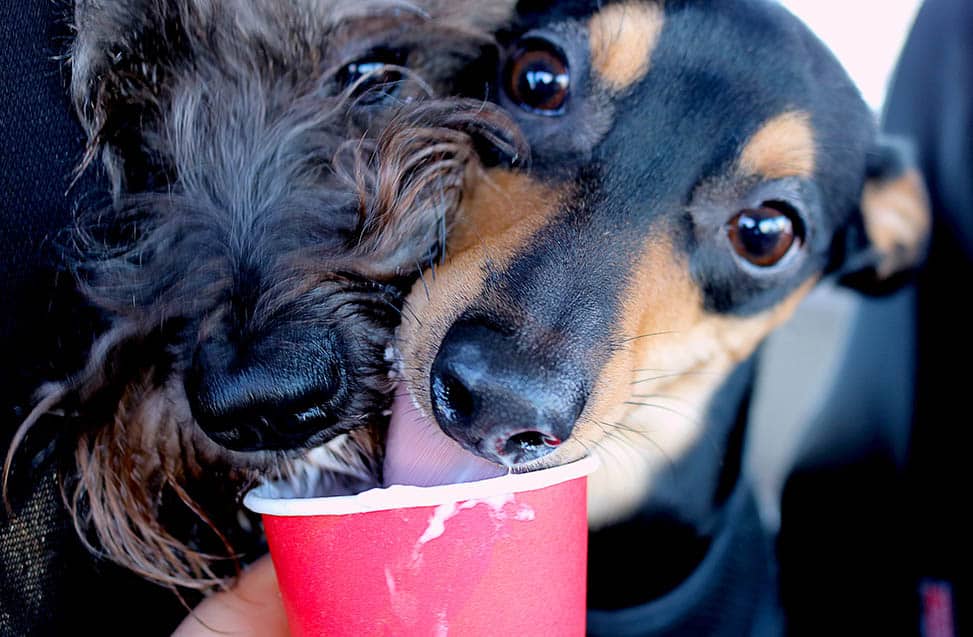Ever noticed your furry friend retreating like a hermit at a dog park? Some dogs just don’t enjoy the social whirl and may exhibit anti-social behaviors. Here’s what to look for and how you can help them warm up to the world.
Aggression in dogs can sometimes be a way they express those feelings when they’re unsure or scared. It doesn’t mean they’re bad—it just means they might need some guidance to navigate social situations better. Imagine your dog growling or lunging to say, ‘Hey, I’m not comfy with this!’ Recognizing these cues early can help pet owners manage such behavior safely.
Not all dogs lash out aggressively; some have more subtle signs, like anxious body language. These pets might tuck their tails, avoid eye contact, or make themselves look smaller. Dogs express anxiety through these silent signals, and knowing what to watch for can really help.
Ever found your pet hiding under a bed when guests arrive? If your dog is prone to hiding in quiet corners or beneath tables, it might be because they’re overwhelmed. This behavior is usually a way for them to feel secure and escape unfamiliar situations or people.
Dogs, much like people, have their ‘off’ days. If they’re suddenly avoiding strolls or other dogs, it may be due to a previous negative experience. While some dogs are content being couch potatoes, others may need assurance to venture out again.
There’s always a reason behind a dog’s excessive barking, even if it’s not apparent to humans. They might be responding to noises, or using their barks as a megaphone to alert you about perceived threats.
An excited pup can look absolutely adorable with their wagging tails and happy eyes. But occasionally, overexcitement translates into hyperactivity. This could be a response to overstimulation and signals your pet’s struggle to process emotions in new scenarios.
Respecting personal space isn’t just a human etiquette trait. Dogs too need to learn boundaries. Anti-social dogs might jump on guests or crowd space inappropriately. Teaching them good manners is essential for a harmonious coexistence.
Does your dog pull on the leash during walks? Even the calmest pets can get overwhelmed by the myriad of smells and sights outside. When they’re presented with new faces or fellow dogs, their anti-social tendencies might bubble up, causing them to tug like they’re leading a parade.
Anti-social behaviors in dogs don’t signify a lost cause. With patience and proper guidance, most dogs can learn to interact positively with people and other pets. Assessing their individual needs and addressing them with appropriate training or professional help can make a significant difference in their behavior.










